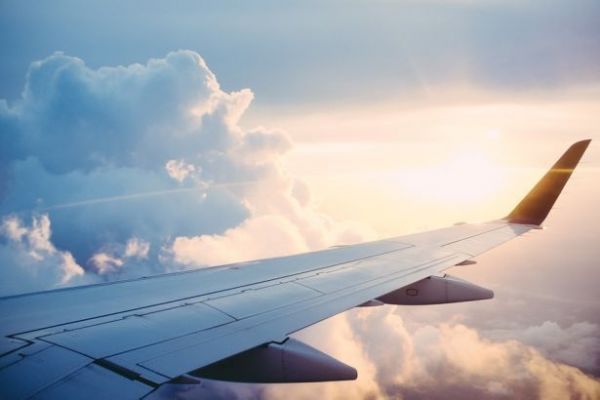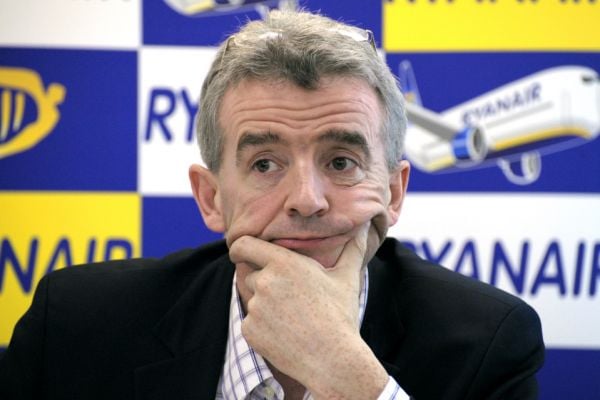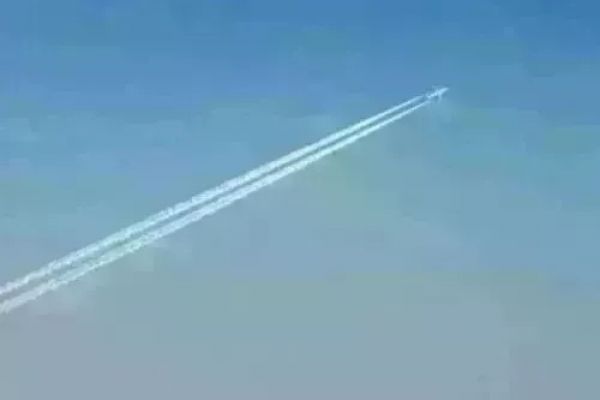Canada expects to lift its flight ban on the Boeing 737 MAX jetliner in January, the country's aviation regulator has said, after it approved design changes to the aircraft that was grounded in March of 2019 following two fatal crashes.
Transport Canada has rolled out its plans for bringing the jets back to the country's skies following a near two-year flight ban.
The regulator joined US and European authorities in insisting on additional pilot training and a software update to the MCAS anti-stall system that contributed to the two crashes, which killed a total of 346 people in 2018 and 2019.
Canada's decision is widely watched as it carries extra clout as one of a group of aircraft-producing regions that have subjected the MAX to intense scrutiny, alongside the United States, Europe and Brazil. Attention now turns to China, which is the largest market for the MAX and a rising aerospace-producing nation that has not said when it will grant approval to resume flights.
Transport Canada's plans follow earlier announcements by the European Union Aviation Safety Agency (EASA) along with Boeing's main regulator, the US Federal Aviation Administration (FAA), which lifted its own ban on November 18.
Canada's approval of design changes marks the first step in the aircraft's return to service in Canada, which the regulator said will require a Canadian airworthiness directive in January and an interim order on training.
"It's possible that after January, once the planes have been modified and the pilots and everybody are trained on the procedures, we will allow the MAX to fly," transport minister Marc Garneau told reporters.
Investigations into the crashes of the Lion Air and Ethiopian Airlines flights pointed to Boeing's poor systems design as a contributing factor and criticised the FAA for lax oversight of the plane maker.
Ottawa has held its own hearings on aircraft certification. Some family members of crash victims have called for an investigation citing concerns that the Canadian regulator was too close to the FAA when it first allowed the jet to fly in Canada.
Transport Canada and EASA have diverged from the FAA on certain requirements for crew training. The regulators are giving pilots leeway to stop a noisy "stick shaker" alarm from vibrating based on faulty sensor information, halting a distraction thought to have added to the workloads of the crews involved in the crashes.
Canadian Regulator Says It Is Not Implying That US-Configured Aircraft Are "Inherently Unsafe"
The Canadian regulator said that its "decision to put additional safety measures in place does not imply that a US-configured aircraft is inherently unsafe."
News by Reuters, edited by Hospitality Ireland. Click subscribe to sign up for the Hospitality Ireland print edition.









